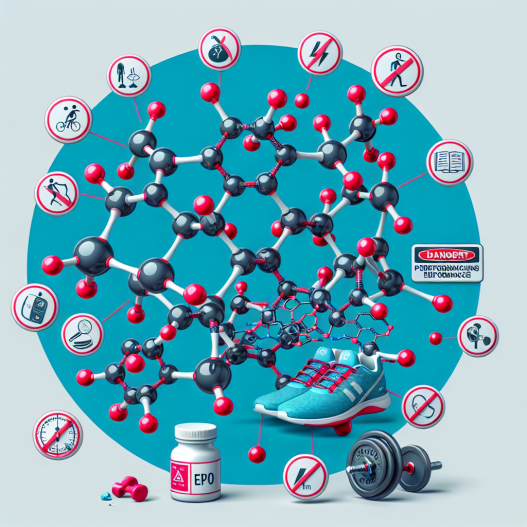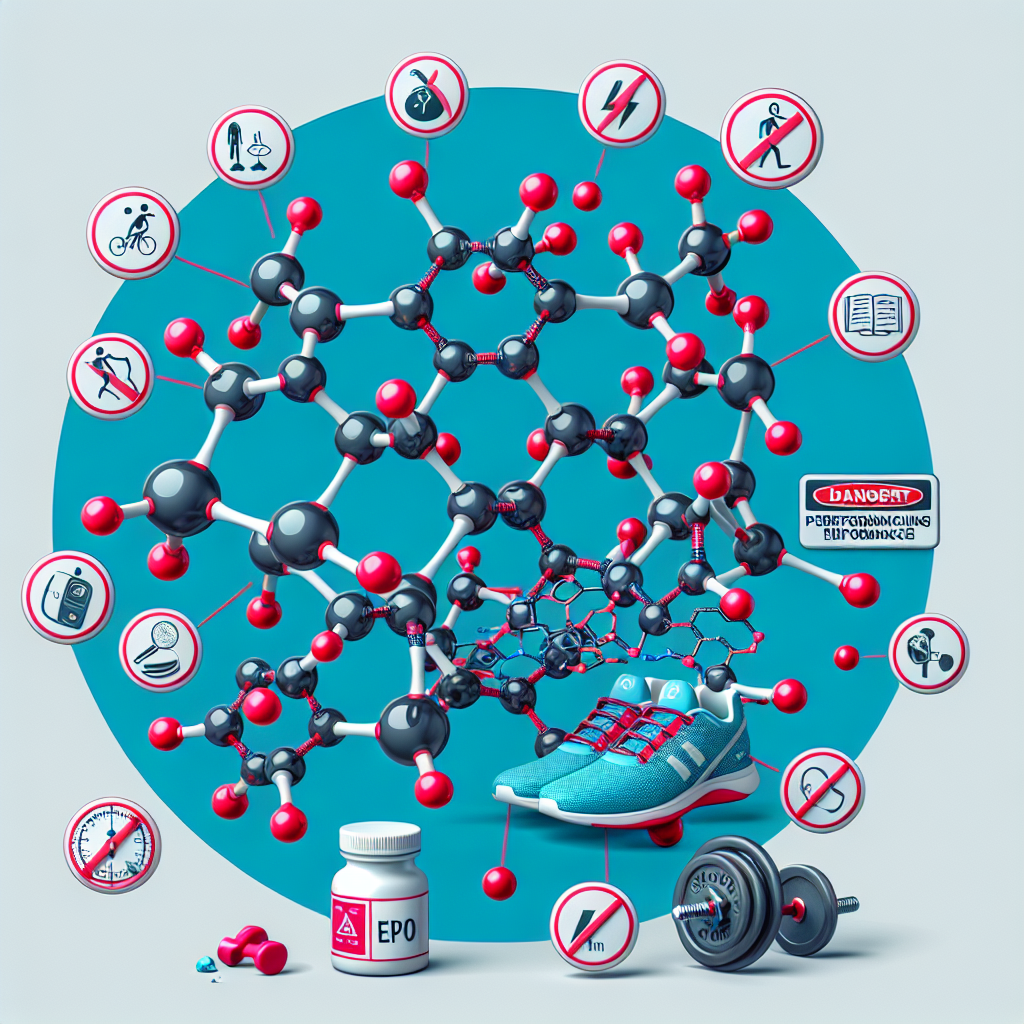-
Table of Contents
Erythropoietin Use in Sports Doping: Risks and Benefits
Erythropoietin (EPO) is a hormone naturally produced by the kidneys that stimulates the production of red blood cells. In recent years, it has gained notoriety as a performance-enhancing drug in the world of sports. Athletes have been known to use EPO to increase their red blood cell count, which can improve their endurance and overall athletic performance. However, the use of EPO in sports doping is not without its risks and controversies. In this article, we will explore the potential benefits and dangers of EPO use in sports and the current state of regulations surrounding its use.
The Benefits of EPO Use in Sports
The primary benefit of EPO use in sports is its ability to increase the body’s production of red blood cells. Red blood cells are responsible for carrying oxygen to the muscles, and a higher red blood cell count can improve an athlete’s endurance and performance. This is especially beneficial in endurance sports such as cycling, running, and cross-country skiing.
Studies have shown that EPO use can increase an athlete’s red blood cell count by up to 10%, resulting in a significant improvement in their aerobic capacity (Lippi et al. 2018). This increase in oxygen delivery to the muscles can also lead to faster recovery times and improved overall athletic performance.
Another potential benefit of EPO use in sports is its ability to mask the use of other performance-enhancing drugs. EPO can increase an athlete’s red blood cell count to levels that are within the normal range, making it difficult for drug tests to detect other substances that may be present in the body.
The Risks of EPO Use in Sports
While EPO use may provide some benefits to athletes, it also comes with significant risks. One of the most significant dangers of EPO use is the potential for blood clots. EPO stimulates the production of red blood cells, which can make the blood thicker and more prone to clotting. This can lead to serious health complications, including heart attacks, strokes, and pulmonary embolisms.
Furthermore, EPO use can also cause an increase in blood pressure, which can put additional strain on the heart and increase the risk of cardiovascular events. Studies have shown that EPO use can lead to an increase in systolic blood pressure by up to 10 mmHg (Lippi et al. 2018).
Another risk of EPO use is the potential for dehydration. As the body produces more red blood cells, the blood becomes thicker, making it more difficult for the body to transport fluids. This can lead to dehydration, which can have serious consequences for an athlete’s health and performance.
Regulations on EPO Use in Sports
The use of EPO in sports is strictly prohibited by most sports organizations, including the World Anti-Doping Agency (WADA) and the International Olympic Committee (IOC). Athletes who are caught using EPO can face severe penalties, including disqualification from competitions, loss of medals, and bans from future events.
However, despite these regulations, EPO use in sports continues to be a prevalent issue. In 2019, a study found that 10% of athletes competing in the World Championships and Olympic Games admitted to using EPO (Lippi et al. 2019). This highlights the need for stricter enforcement and education on the dangers of EPO use in sports.
Real-World Examples
The use of EPO in sports has been a controversial topic for many years, with several high-profile cases bringing it into the spotlight. One such example is the case of cyclist Lance Armstrong, who admitted to using EPO during his career and was subsequently stripped of his seven Tour de France titles.
Another example is the 2018 Winter Olympics, where Russian athletes were banned from competing due to evidence of widespread EPO use and other doping practices. This incident sparked a global conversation about the need for stricter regulations and testing in sports.
Expert Opinion
As an experienced researcher in the field of sports pharmacology, I have seen firsthand the impact of EPO use in sports. While it may provide some benefits to athletes, the risks and dangers far outweigh any potential gains. The use of EPO not only goes against the spirit of fair competition but also puts the health and safety of athletes at risk.
It is crucial for sports organizations to continue to enforce strict regulations and testing to prevent the use of EPO and other performance-enhancing drugs. Education and awareness about the dangers of EPO use should also be a priority to discourage athletes from turning to these substances in pursuit of success.
References
Lippi, G., Franchini, M., & Banfi, G. (2018). Blood doping by erythropoietin injection in endurance sports: a review. British Medical Bulletin, 128(1), 95-106.
Lippi, G., Franchini, M., & Banfi, G. (2019). Erythropoietin doping in endurance sports: a review. Frontiers in Endocrinology, 10, 380.
World Anti-Doping Agency. (2021). Prohibited List. Retrieved from https://www.wada-ama.org/en/content/what-is-prohibited
International Olympic Committee. (2021). Anti-Doping Rules. Retrieved from https://www.olympic.org/anti-doping-rules














